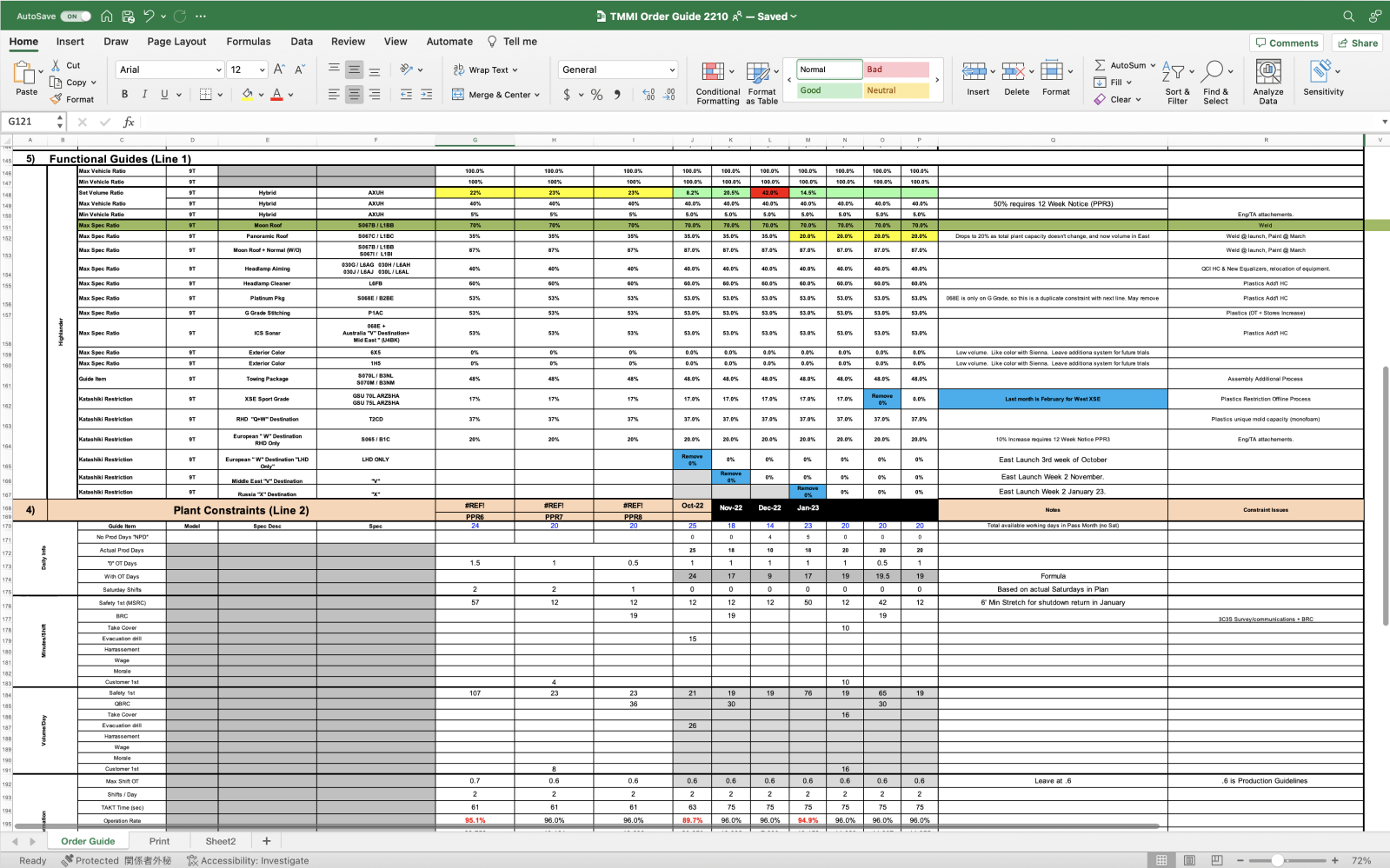
Team
2 UI/UX Designers
1 Product Manager
3 Developers
4 Data Engineers
Timeline
6 Months to Release
Contributions
Produced multiple iterations of low and high-fidelity wireframes
Facilitated review sessions with 10+ stakeholders, including end users and client leadership
Drove delivery of design deliverables, such as an personas, information architecture, and prototype video demoes
Demoed prototypes across client’s 400k employees
Reduced an estimated 220+ hrs. of manual work / month for end users
Received recognition by the Senior Manager of the account: “Thank you for all of the hard work and contribution to the Project! Your insights and dedication are widely recognized and appreciated by the account team!”
Companies with detailed business plans and increasingly complex supply and demand processes, our client relied on a 40-year old spreadsheet software, aka Excel, to drive their strategic-decision making. The problem with Excel? Errors are common. Although it’s been used for decades, spreadsheets are poorly suited for enterprise-wide planning and enterprise performance management. Specifically with the client, the company learned the hard way (very hard way) during the pandemic when the global supply chain system was massively disrupted.


I. Project-based organizations, such as consulting firms, measure success by outputs rather than outcomes
II. In services, the primary focus is the client and how to keep them satisfied opposed to a product mindset where the focus is the impact to the customer
III. Lack of experienced product owners and an internal product owner
I. The client had different intentions from the end users of the product (i.e. wanting more features than needed)
II. The end users are resistant to change from their current processes
III. Deloitte leadership team had different intentions from the delivery team
I. Optimize is the name of the goal in client services, meaning there is a mindset of doing the maximum possible with the least amount of resources
II. Product backlog is a foreign concept
III. Team had to work at an unsustainable pace

We ensured a seamless alignment of our product with the client’s existing offerings from a design perspective. This meant attention to detail, such as maintaining consistency in button placement and styling, ensuring a similar visual experience across various platforms. We maintained coherence in language and messaging, contributing to the client and brand’s identity. By sticking to these practices, we not only enhanced user familiarity but also contributed to a cohesive brand presence, integrating our product within the client’s broader product portfolio.
Here is a look into some of the high fidelity wireframes that were sent out for development production:


What’s Next?
The platform is under development and set to release in Q3 ‘23. At the time of updating this, the MVP Release of the platform has been well-received with end users expressing “The Hub is very user friendly and intuitive, requiring minimal training” and “user interface looks polished and professional.” The client has vetted additional enhancements and new capabilities set to release in Q4 ‘23!
